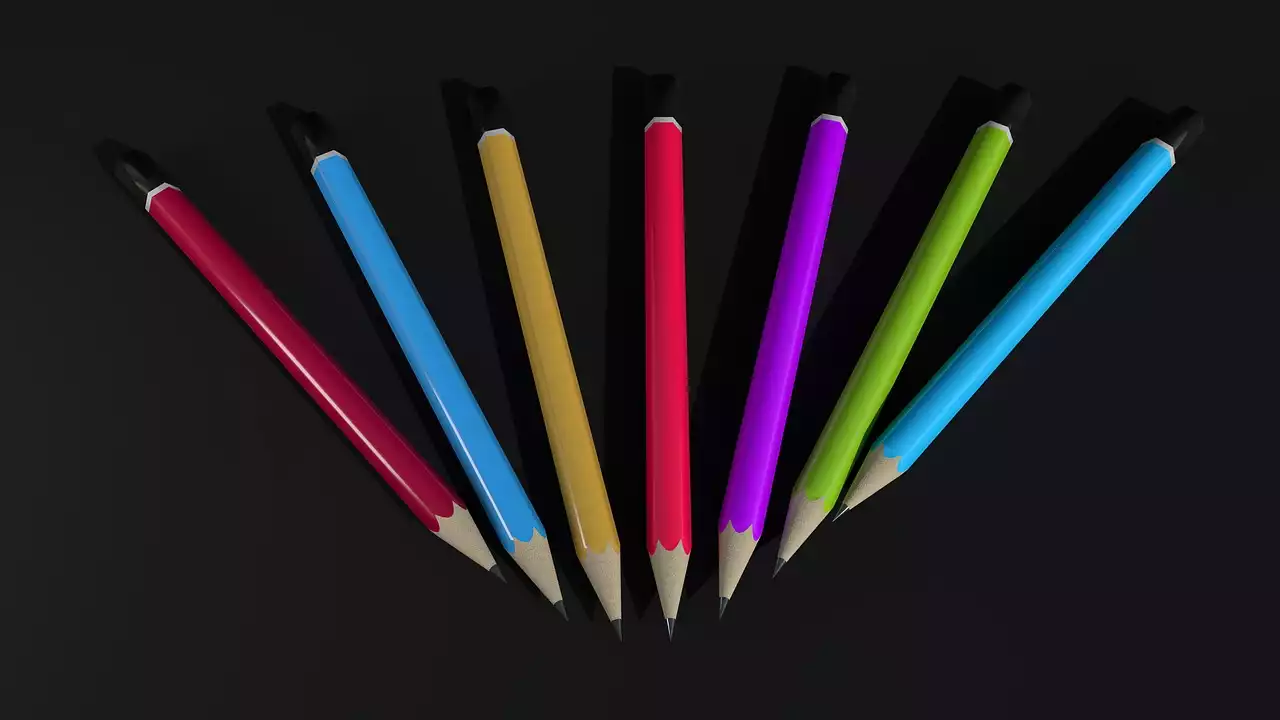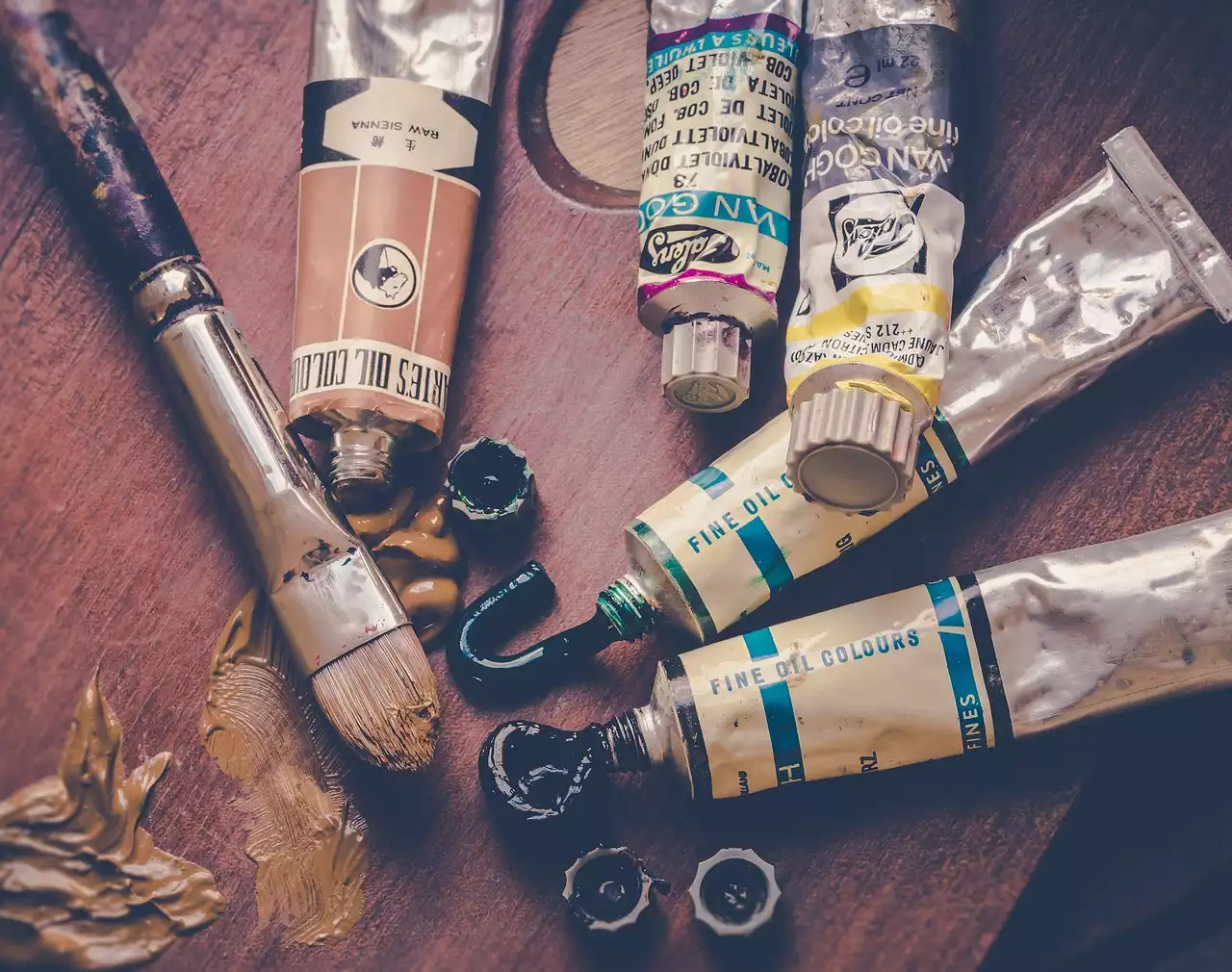Cotton canvas
Cotton canvas is a beautiful material to paint on; it will yield a rich and textured look and works well in both traditional oil and acrylic painting techniques. Cotton canvas is a natural fabric, made from the fibers of the cotton plant. It is a very sturdy canvas that can hold up to heavy-bodied acrylic paints and is useful for large-scale, heavy-themed artworks. Cotton is a breathable fabric, which is helpful when the paint is thickly applied and has not been properly diluted with water. The thickness of the cotton canvas will help to trap the moisture on the surface of the painting, preventing marks caused by excessive drying. Cotton is also naturally fire-resistant, which means it cannot be flame-retardant has been applied to it, and cannot be washed in an industrial washer. This means that it is not ideal for works that will be exposed to high levels of smoke and ash, or be placed in environments with poor ventilation. One downside of cotton canvas is that it requires more preparation than other canvas materials, as it must be stretched and primed before the paint can be applied.
Linen canvas
Like cotton, linen is a natural fabric that has been used for a variety of purposes, including canvas painting, for centuries. It is a finely woven fabric, which makes it a softer option than cotton canvas. It has a subtle textue, and is suitable for a wide range of painting styles. Like cotton canvas, it is a breathable fabric, which is helpful when the paint has not been properly diluted or applied in thick layers. It is also fire-resistnt, and can be used in many different environments, as it is both durable and easy to clean. It also requires some stretching and priming to be used for painting, like cotton canvas, but this is relatively quick and easy. It is not a particularly durable fabric, however, and will wear out much quicker than cotton when painted on heavily. It is also less robust than cotton, and therefore not suitable for large-scale works.
Synthetic canvas
Synthetic canvas is a man-made fabric that looks and feels very similar to linen canvas. It is most often used for impasto and heavy-bodied acrylic paintings, but it does also work well for watercolor painting techniques, with the correct brush selection. It has a beautiful, subtle texture that will yield a similar look to linen canvas, but is less prone to stretching than linen. While linen canvas has a natural tendency to stretch, synthetic canvas can be treated with chemicals to avoid this. It is also less expensive than linen canvas and can come in a variety of shapes and sizes not available with the natural material. However, synthetic canvas is a less fire-resistant fabric than linen and will require the addition of flame-retardant chemicals in order to be used in high-risk environments. It is also a much harder canvas to clean, and, like linen, will require the use of an industrial washer, which makes it impractical for large-scale works that require frequent cleaning.
Pre-primed canvas
Pre-primed canvas, also called oil primed canvas, is a popular canvas type that has been stretched, primed, and sealed with acrylic gesso, which makes it ready for painting. It can come in a variety of materials, including cotton, linen, and synthetic blends. It is the easiest canvas type to use, as it is ready to paint straight from the packaging, and does not require any stretching or priming before the paint can be applied. This makes it ideal for beginners, or for one in a hurry, as it can be purchased ready-to-go and does not require any additional preparation or chemical processes like some other canvas materials. It is a heavy-duty canvas, be be used for impasto and heavy-bodied acrylic paintings, as well as watercolor techniques, with the correct brush selection. It is a durable canvas that can stand up to frequent cleaning and mechanical handling, making it ideal for large-scale works that will be moved around frequently. However, it is the most expensive canvas type, and will not yield the same texture or look naturalal canvas. It is also not as breathable as other materials, which means the surface must be regularly cleaned to prevent paint drying marks.











